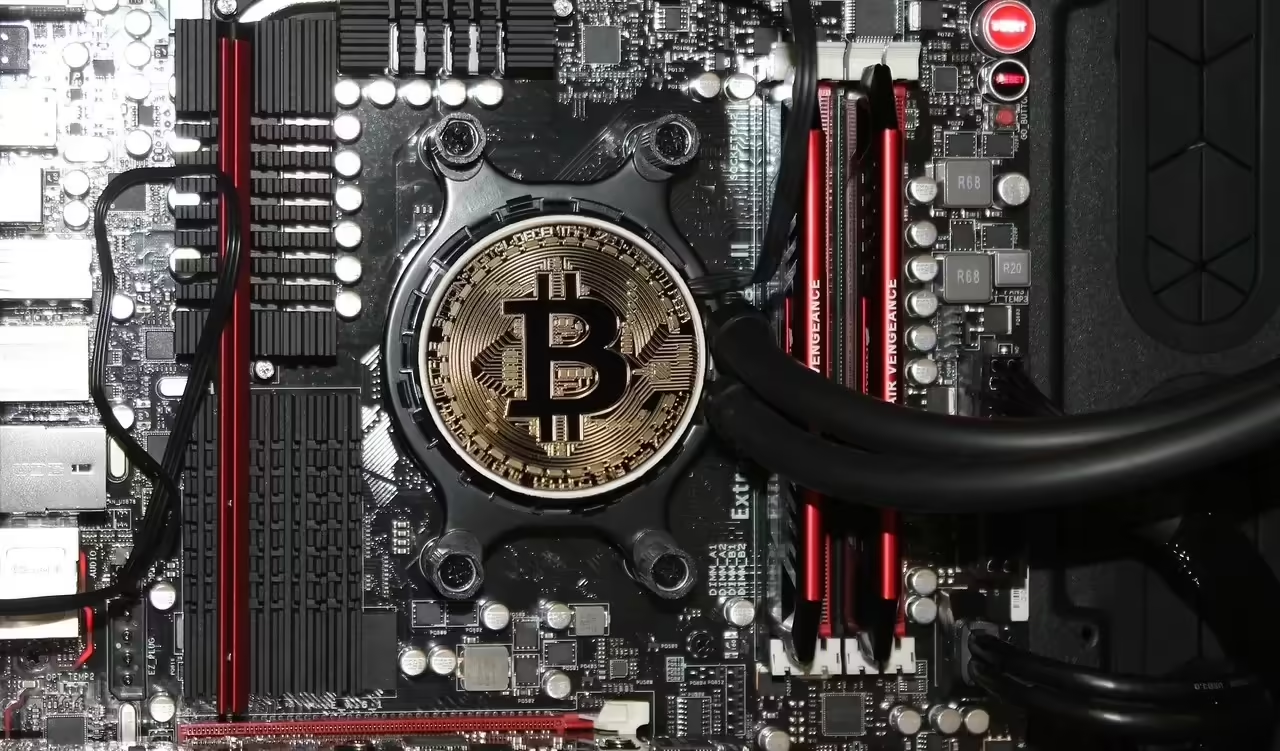
Blockchains form the backbone of cryptocurrency, yet hackers have stolen around $2 billion worth since 2017. That’s a lot of money to lose, but it also serves as evidence that even technology designed for unhackability can be breached (there is additional information available at https://www.apostro.xyz/hacks). The MIT Technology Review reports that blockchain hacks have become more frequent, as hackers have identified unique vulnerabilities within this technology. They’ve used bugs and phishing attacks to take control of blockchains and double spend cryptocurrency.
A hacker’s only chance to corrupt a Blockchain is by seizing at least 51% of its network – this is known as a “51% attack.” Once compromised, an attacker can create another version of the chain with false transactions; this reversal allows them to double spend a particular coin or token.
Another way hackers can profit from cryptocurrency is through cross-chain bridges. These protocols transfer coins between blockchains, enabling users to move their funds between currencies. Cross-chain bridges are particularly detrimental for DeFi (decentralized financial) systems since they enable one currency to be converted into other coins and then sent to new addresses on another blockchain.
In February, an attack on a popular DeFi-based blockchain led to the theft of over $326 million worth of WETH tokens from Wormhole bridge. As a result, Jump Trading was forced to replace the stolen tokens and restore the bridge’s operations.
Are you uncertain how to protect against a blockchain hack? Here are some steps you can take:
- Limit the Use of Exchanges and Smart Contracts. These are the two areas most vulnerable to blockchain hacks due to inadequate security on these platforms. Without access to a user’s account, hackers can quickly gain control over their digital assets. Avoid Employing Exchanges with Poor Security Standards. These tend to be high-traffic areas for cybercriminals. To reduce risks, it’s wise to avoid them whenever possible.
- Always utilize a secure connection when sending and receiving blockchain transactions. A reliable network connection is necessary for blockchain transactions, as it helps keep the data on a blockchain secure from malicious attacks. To learn more about blockchain security, check out Chainalysis’s blog which covers all of the latest updates and best practices in this field.
- Consider investing in anti-virus software and a network protection program for your computer, particularly if it is a desktop model.
- Be wary of phishing emails and websites that contain malicious software. These scams could result in the loss of valuable cryptocurrency as well as your personal information. Exercise caution when responding to these emails/websites with malware attachments.
- Be wary of scams involving phishing emails or malicious websites, particularly those targeting crypto exchanges.
- Don’t share your passwords online. Many crypto hacks still involve phishing and malware-fueled phishing attempts that rely on trusty individuals to provide credentials.
- Make sure your computer has up-to-date antivirus software and has the most up-to-date firewall, encryption, and VPN installed.
- Exercise caution when using Slack and other chat rooms.
A recent Enigma and Slack scam serves as a prime example of how hackers are taking advantage of these platforms to defraud unsuspecting users. In this instance, hackers created a fake Slack bot posing as a crypto sales representative, taking $500,000 in Ethereum from unsuspecting users.







